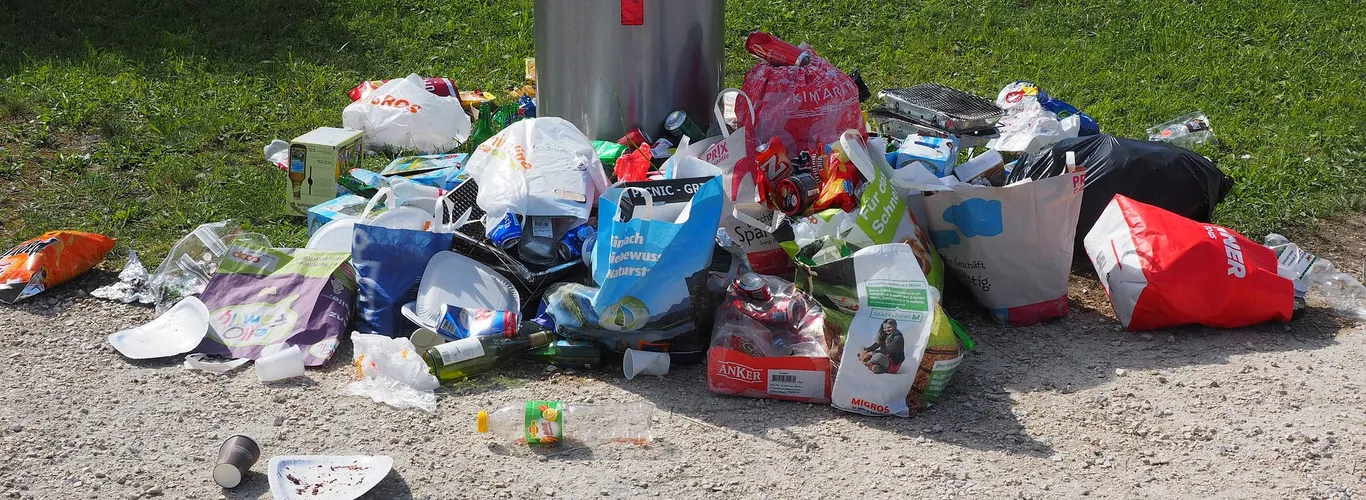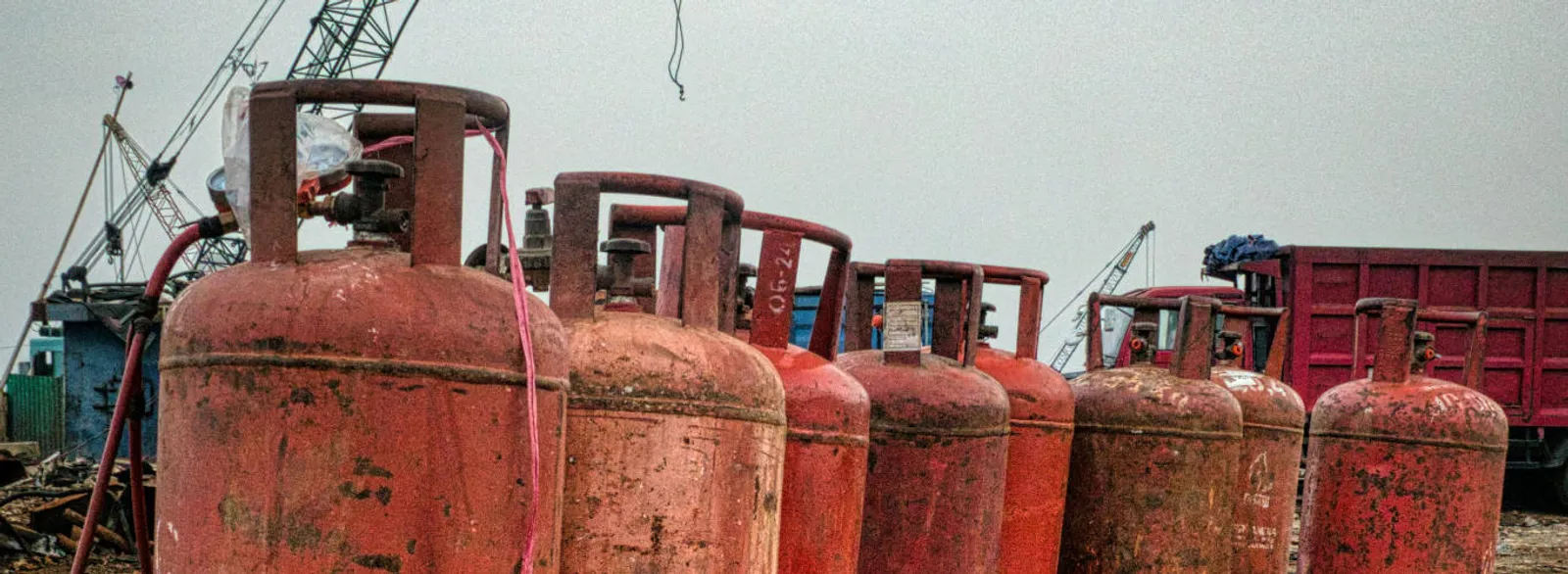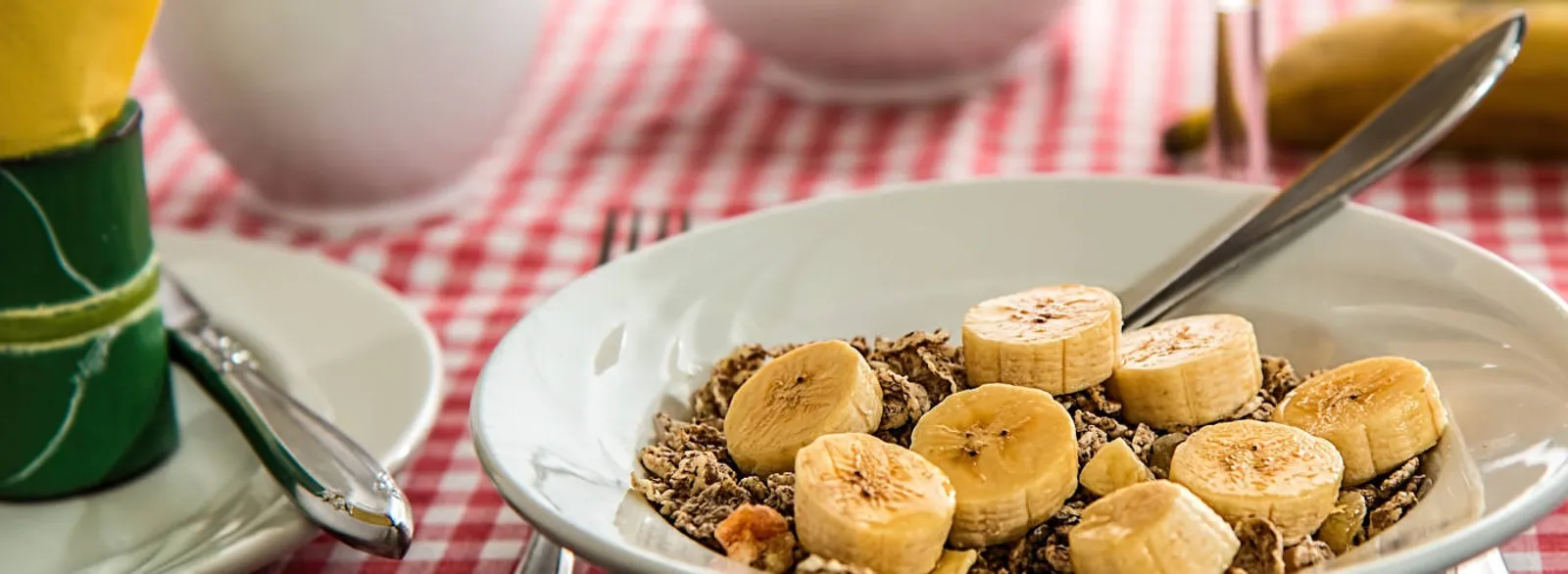If you are interested in ecology and recycling - sign up for our newsletter
The Environmental Impact of Packaging Waste
Globally, millions of tons of packaging waste are generated annually, with a significant portion consisting of plastic. Plastic packaging is especially problematic due to its long degradation period—it can persist in the environment for hundreds of years. This persistent plastic waste pollutes rivers, oceans, and other natural habitats, posing significant risks to wildlife and ecosystems. Additionally, the production and disposal of packaging materials deplete natural resources and emit greenhouse gases, further exacerbating climate change.
Strategies for Reducing Packaging Waste
Mitigating packaging waste may appear challenging, but incremental actions can create meaningful impacts. Below are several strategies that individuals and organizations can adopt to address this issue:
-
Opt for Products with Minimal Packaging: Consumers can actively seek products that use minimal or no packaging. For instance, purchasing loose produce rather than pre-packaged items helps reduce plastic usage. Brands that focus on reducing packaging should be prioritized, as they contribute to waste minimization.
-
Use Reusable Bags and Containers: Reusable bags and containers are practical tools for reducing packaging waste. Bringing reusable bags for groceries or using reusable containers for bulk items like grains and nuts can significantly decrease reliance on single-use packaging.
-
Avoid Single-Use Plastics: Single-use plastics, including straws, cutlery, and bags, are a major source of waste. Consumers can choose alternatives such as metal straws, bamboo cutlery, and cloth shopping bags to minimize waste generation and reduce their environmental footprint.
-
Support Sustainable Brands: Many companies are increasingly adopting sustainable packaging solutions, such as recycled paper, biodegradable plastics, or reusable glass containers. Supporting these brands through purchasing decisions creates an incentive for more companies to implement environmentally responsible practices.
-
Recycle Effectively: Proper recycling is essential for managing packaging waste. Consumers should understand local recycling guidelines, rinse containers, and sort materials appropriately to ensure that recyclables are processed effectively and do not end up in landfills.
Innovations in Sustainable Packaging
Recent advancements in sustainable packaging are transforming how companies address environmental concerns. Various innovative materials, such as plant-based plastics, biodegradable polymers, and compostable packaging made from seaweed or beeswax, are becoming more prevalent. Some companies are even developing reusable and refillable packaging systems that minimize waste. These innovations underscore the potential for creative solutions to reduce environmental impacts and foster a circular economy.





